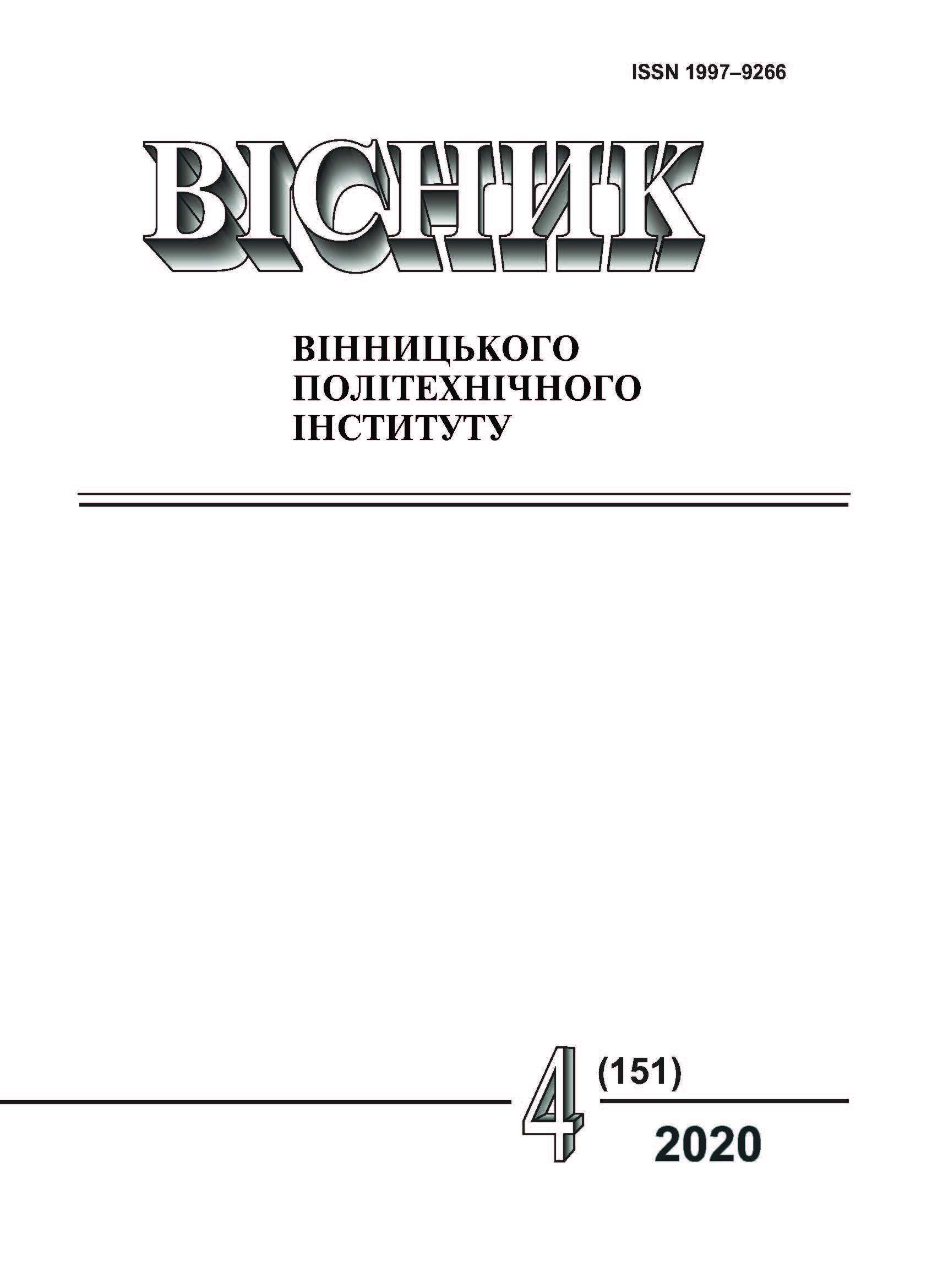Power-take-off from Single-phase-to-earth Fault Current to Power Supply Identification Devices
DOI:
https://doi.org/10.31649/1997-9266-2020-151-4-25-31Keywords:
6–35 kV electric networks, electric networks with isolated neutral, single-phase-to-earth fault, fault location, power-take-off from faultAbstract
In Ukraine, 6–35 kV electric networks operate in isolated neutral mode, which allows the networks to remain operational when single-phase-to-earth fault takes place. However, the presence of such a fault increases the possibility of interphase fault. Therefore, these faults are to be eliminated as quickly as possible. Existing devices can only narrow the search area to the detected branch from the overhead line, then an emergency crew has to find the fault by going along the line and inspecting it visually. The authors proposed an innovative device for identifying the single-phase-to-earth fault, which allows to determine the location of a fault with accuracy to the overhead line support, provided that such devices are available on each support. Such a device, having identified the presence of a single-phase-to-earth fault on the support, sends a message through the GSM network to the control center. The paper analyzes the possible power sources of such a device. It is proposed to power the device directly from the fault current. It is proposed to perform power take-off from the current through the metal grounding of the support using a special transformer that will maximize power take-off and maintain the integrity of the support ground loop. There has been proposed a mathematical model, which allows to calculate the parameters of the operating mode of such a transformer at various values of the fault currents and its dimension. It is shown that the proposed approach to the construction of a power source allows selecting enough energy that can be accumulated in capacitive storage and used to power the device while sending a message about the place of fault on the overhead line. It is shown that the maximum time of energy storage and sending messages can reach 10 minutes. During this time, the emergency crew should prepare for departure to search for the fault.
References
А. А. Кучерявенков, и А. С. Карпашев, «Устройство для определения местоположения и вида повреждений воздушной линии электропередач,» Патент России на полезную модель № 126144, 2013.
М. М. Черемісін, В. М. Зубко, В. О. Коробка, Г. А. Сідоров, і А. А. Пироженко, «Фіксатор короткого замикання,» Патент України № 64352 А, 2004.
В. М. Зубко, В. О. Коробка, і О. В. Мірошник, «Ефективність моніторингу замикань в мережах з ізольованою нейтраллю,» Вісник Харківського національного технічного університету сільського господарства ім. Петра Василенка, вип. 102, с. 21-23, 2010.
Інструкція з експлуатації, Комплект індикаторів короткого замикання ІКЗ-В33-У3. [Електронний ресурс], Режим доступу: http://www.antraks.ru/ biblioteca/normativnaya-dokumentatsiya?download=104:komplekt-indikatorov-korotkogo-zamykaniya-ikz-v33-u3 , дата звернення 10.02.2018.
В. М. Безручко, Р. О. Буйний, А. Ю. Строгій, і В. І. Ткач, «Використання GSM технологій при ідентифікації місць однофазних замикань на землю в електричних мережах з ізольованою нейтраллю зі штирьовою ізоляцією,» Технічна електродинаміка, № 5, с. 96-99, 2018. https://doi.org/10.15407/techned2018.05.096.
V. Bezruchko, R. Buinyi, A. Strogii, and V. Tkach, “Іntegration of New Single-Phase-to-Ground Faults Detection Devices into Existing SmartGrid Systems,” IEEE 6th International Conference on Energy Smart Systems (ESS), IEEE Proceedings, pp. 84-87, 2019. https://doi.org/10.1109/ESS.2019.8764237.
McLyman Colonel Wm. T. Transformer and Inductor Design Handbook, Fourth Edition, CRC Press, Taylor & Francis Group, 2011, 667 p.
Downloads
-
PDF (Українська)
Downloads: 262
Published
How to Cite
Issue
Section
License
Authors who publish with this journal agree to the following terms:
- Authors retain copyright and grant the journal right of first publication.
- Authors are able to enter into separate, additional contractual arrangements for the non-exclusive distribution of the journal's published version of the work (e.g., post it to an institutional repository or publish it in a book), with an acknowledgment of its initial publication in this journal.
- Authors are permitted and encouraged to post their work online (e.g., in institutional repositories or on their website) prior to and during the submission process, as it can lead to productive exchanges, as well as earlier and greater citation of published work (See The Effect of Open Access).





